21 Solid Ways to Validate your Minimum Viable Product
How can you test the viability of your business idea you intend to bring to reality? The answer is by creating a preliminary version of your product called Minimum Viable Product or MVP. But this is only half the battle. While concentrating on MVP, companies forget to focus on testing or validating MVP.
To gain the validation of customers and check the usability of the product, the product needs to start with one test level and then shift onto the next. This testing to verify elements such as user integration and functionality can help to deliver a sound minimum viable product while still respecting cost limitations. Therefore, just building an MVP is not enough, having a test plan for an MVP is also important. A company may think that the product can satisfy the needs of the customers but until and unless the MVP test is run, it can not be said for sure.
So, without further ado, let’s discuss the best MVP testing methods to build a successful and viable product.
21 Solid Ways to Test MVP
There are many tactics for testing minimum viable products. But we will discuss only the best ones in this blog. So, let’s begin!
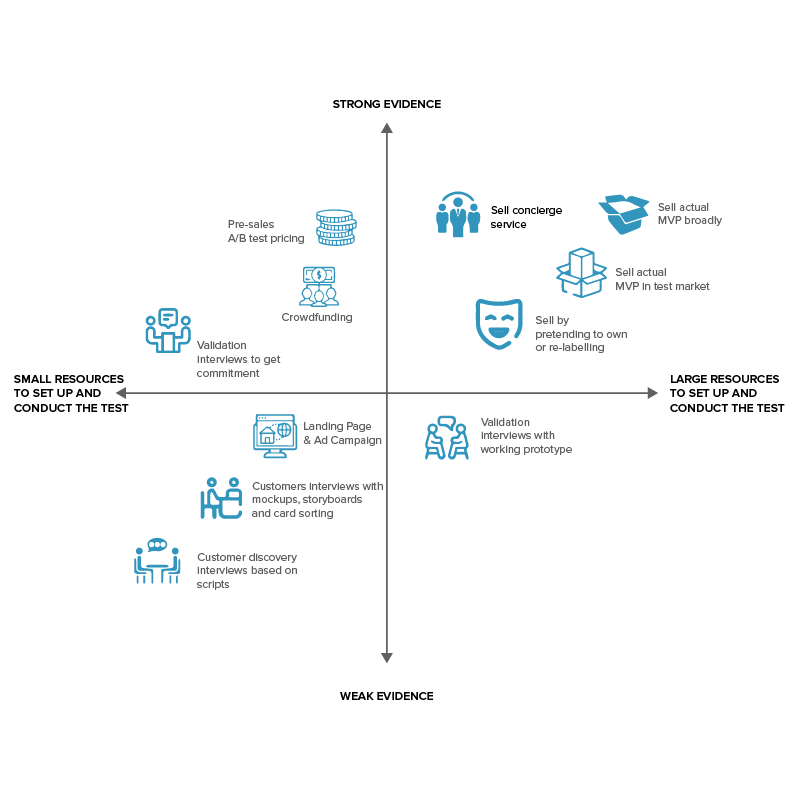
There are many tactics for testing minimum viable product. But we will discuss only the best ones on this blog. So, let’s begin!
1. Fundraising
Crowdfunding is a way you can test whether your app will do good in the market or not. Platforms like Kickstarter and Indiegogo are a filled with MVPs that get funding from people who find the product interesting enough. This gives your product exposure to a group of interested and active users. The money raised from these platforms will help in building the final product to launch in the market.
2. Blogs
Having a blog is like having a platform for two-way communication with the prospect users of your product. Blogs are a way to discuss and gather feedback about a product. This will give you an honest opinion about the product by seeing how much keenness the users are showing.
3. Customer interviews

Talking face to face with customers provide the most honest reviews. People may lie or sugarcoat the opinions online but when it comes to face to face feedback, it’s as honest as it can get. Interviewing the customers is usually done in a casual manner but is rather descriptive. The interviewee states assumed problems to get feedback on the same.
4. Videos
It is quite obvious that if an image can speak a thousand words then a video can speak millions. Explainer videos can be used by developers to demonstrate the functionality of the product and answer questions like what, how and why. At the end of the video, the viewer must be clear about what the product is, how it works and why he needs it. Dropbox is an example in such a case. They used a video to gather subscriptions for a product that didn’t even exist.
5. Pre-order Pages
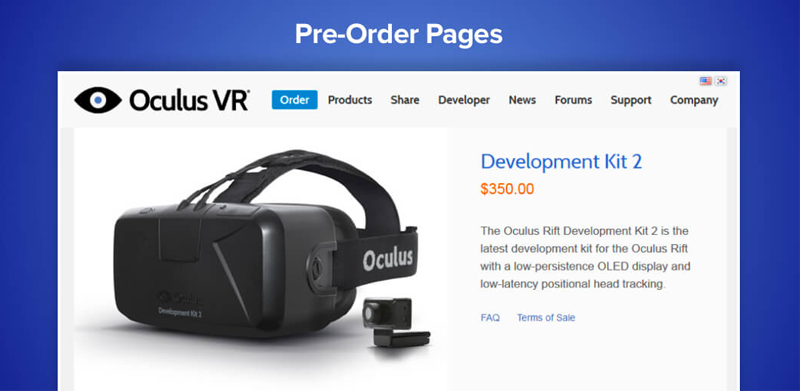
Pre-orders are quite popular with books, gadgets and other interesting products. When it comes to pre-ordering, the idea is to convince the users with your product enough to make them pay for it beforehand. However, there is a chance that users may not be willing to put their money at risk way before the product is even born. For this, the presentation of the product must look as appealing as possible.
6. Social-media surveys

Social-media surveys are quick, easy and most of the time gives honest feedback. Of course, this works when the focus is on the right questions. For instance, Facebook surveys have a feature that allows users to add their own options as an answer which gives interesting insights. Another good reason to use social-media surveys is that users don’t need to go out of their way to fill in the surveys.
7. Paper prototypes
Unlike digital prototypes, these are tangible. A paper prototype is build to understand a product’s user experience. Anyone in the team can use these prototypes can understand how the product works. This will be very useful in the case of physical products like mobile phones, tables, chairs, etc.
8. Emailing
Sending emails to see how many users click on the links or follow up with the email is another way of testing MVP. However, this works even better when you already have a list of emails. While the emails have been sent to the users, make sure to track the actions with the help of tools such as Yesware or use the built-in plugins.
9. Landing pages
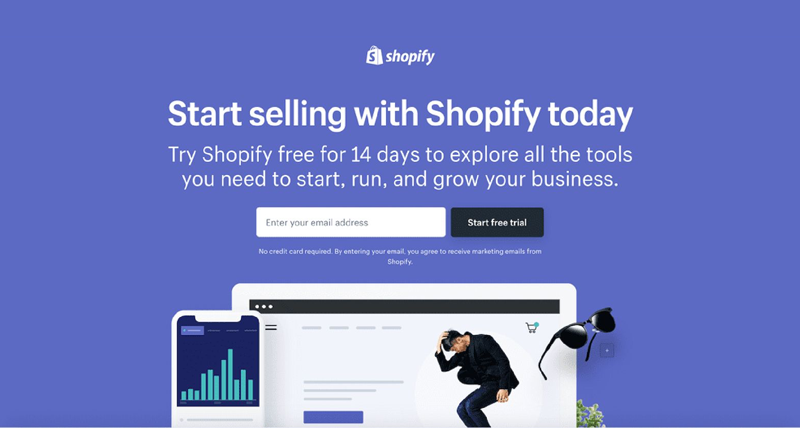
Landing pages are the pages the prospective customers go to find out about your business. A landing page can show the interest of the customers with the way they behave and interact on the page. Building a landing page should always be followed by tracking analytics with the help of tools like Google Analytics, KISSmetrics, etc.
10. Competitive products in the market
There is a high chance that the product you are thinking about launching is already present in the market. This can make your new product suffer. To avoid that try analyzing the competitor’s product and see what they have that your product doesn’t. Also, your product’s unique feature can become the strongest feature.
11. A/B Testing
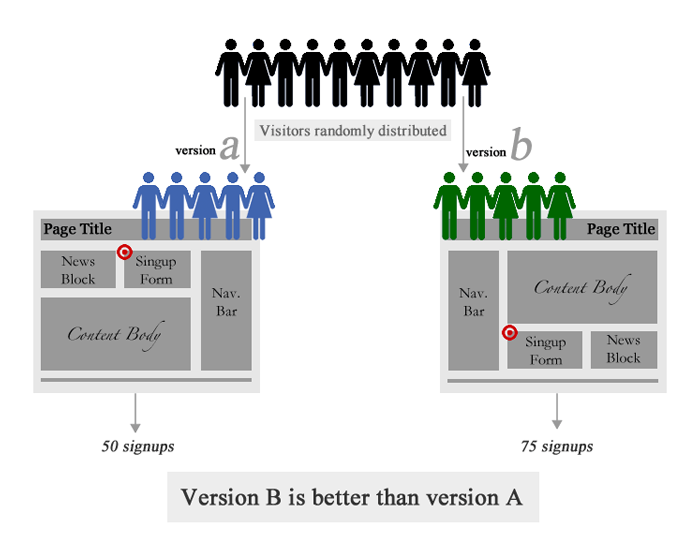
A/B testing is a way to test whether one version of a page is more effective than the other. This test can be done on a webpage where two different versions of the same page are shown randomly to the visitors. Then with the help of tools like Google Analytics, Unbounce, etc. information can be gathered about the interaction.
12. Piecemeal MVPs
Piecemeal MVPs means building a demo of your product using existing tools. For instance, Groupon is the best example of a piecemeal MVP. what Groupon did was built a WordPress website with Apple mail and a script that generated PDFs for the orders. This way the effort and cost of building an MVP became much less than anticipated.
13. PPC campaigns
You will be using PPC campaigns at least once for your actual product so testing out your MVP will be great. For starters, you can pitch in $100 and see the results. If your MVP does not get any leads, then either your ad is flawed or your idea is not good enough.
14. Micro-Surveys
The disadvantage of general surveys is that they are too long and at times becomes quite annoying for online users. Users either skip the survey or fill it in a hurry and that is why these fail to give the accurate results. In micro-surveys, you can ask a couple of MVP survey questions to which you will get honest answers. Micro-surveys have two to three questions which online users find easy to answer.
15. Ad campaigns

Platforms like Google and Facebook are the go-to when it comes to running ad campaigns. Before the product is even launched, you can put up ads and see how many users engage with it. There are even tools to analyze the clicks, engagement and other important behaviors.
16. Services and Platforms
Using SaaS and PaaS to build an MVP can help you in testing your MVP quite well. There are multiple choices to choose from and the building becomes easier and faster. These software and platforms also help in increasing reach of the product. Usually, MVP developers face problems like compatibility of the app, mobile-friendly design and other code-based issues which can be eliminated as these tools already have taken care of those issues.
17. Manual-first MVP
A manual-first MVP (Wizard of Oz) is a way of interacting with actual customers rather than running an online survey. This MVP testing technique shows a picture of a fully completed product, and when a user orders it, you deliver it manually. In this MVP idea validation, the users are getting what they see. Even though it takes a lot of effort, it is worth it.
18. Concierge MVPs
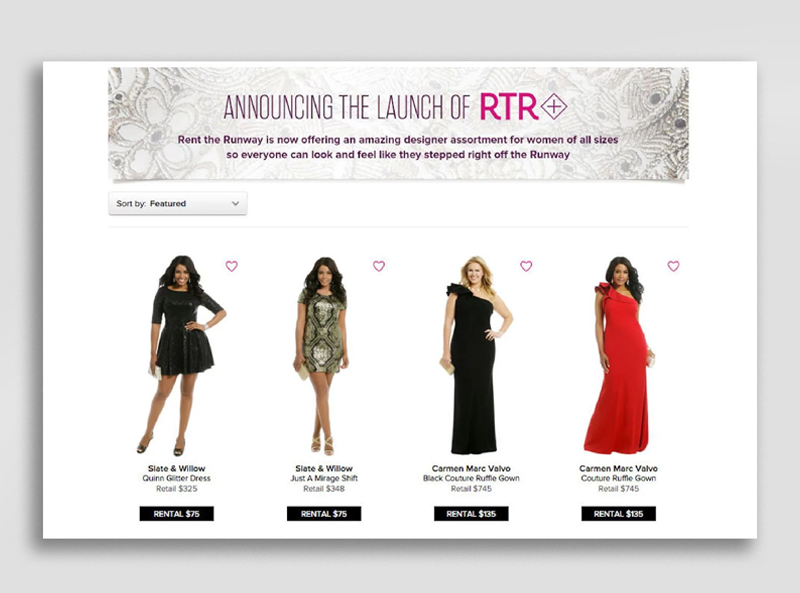
The concierge MVP test is similar to the manual-first MVP test but instead of faking the products, the products are real. This MVP tests and answers whether the users are willing to use and pay for your products or not. An online dress rental business, Rent the Runway, tested their business model with this MVP. They were able to find the right answer to their questions.
19. Digital prototypes
Digital prototypes can be used to display the actual product in a digital way. Wireframes can showcase products such as apps, games, etc. These prototypes can be anything from screenshots to digital sketches to mockup apps which will validate the user experience.
20. Single feature MVP
Sometimes testing the one and only strong feature of your product results in the best conversion. Getting feedback on that one feature can help the product immensely rather than focusing on multiple features all at once. It will also help in narrowing down the customer base and will allow better focus. This testing is considered one of the most advised MVP testing strategies by MVP development company.
21. Software testing
If nothing works then there are multiple softwares for MVP test. Software such as QuickMVP, OpenHallway, Five-second test, Justinmind, InVision, etc. are some great ones to get your MVP tested.
Final Note
Creating and testing an MVP will invariably take time and resources, but it should never be considered as a waste. After all, what if you end up taking to market a product or service that nobody wants? Use the above-mentioned MVP testing techniques to get the most out of your product. If you have any further inquiries on how to test mvp or want MVP development services in USA, you can contact MVP app development company to get started.

strategies your digital product..




